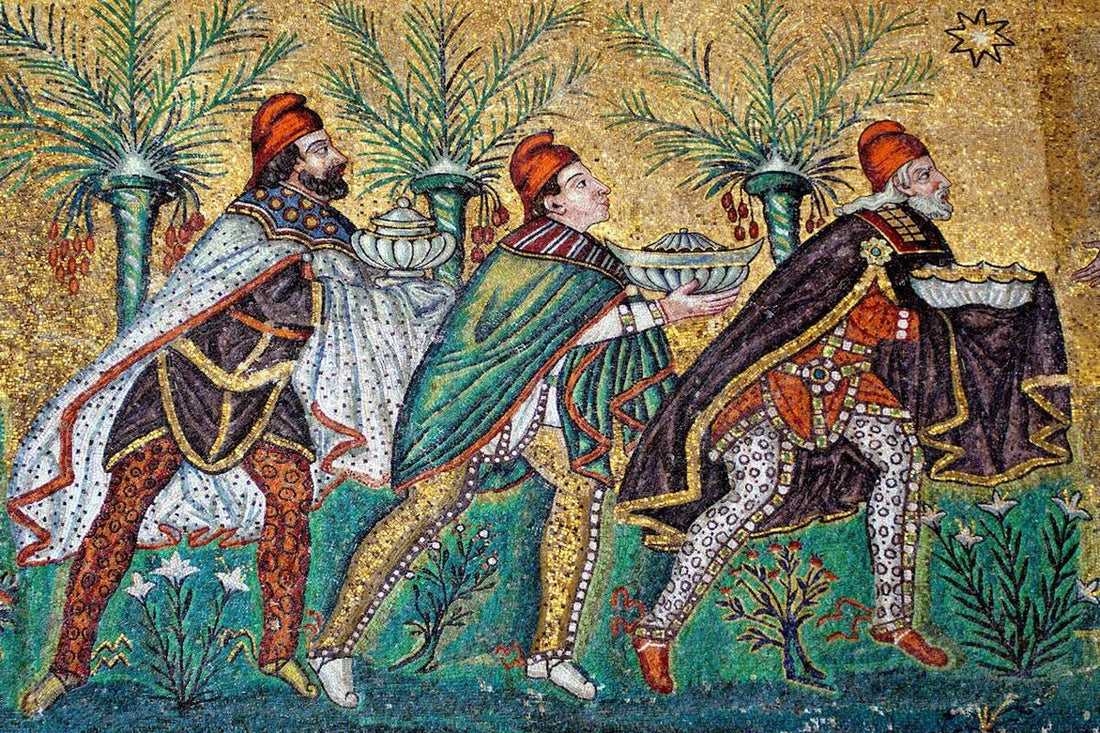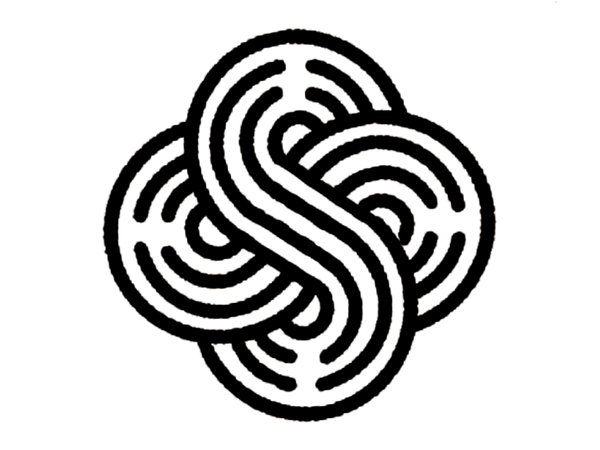
The Ancient Wisdom of Boswellia Sacra: A Deep Dive into Frankincense's Historical Significance
Awaken To The OneShare
The Ancient Wisdom of Boswellia Sacra: A Deep Dive into Frankincense's Historical Significance
Frankincense, with its deeply aromatic scent and sacred associations, has long held a place of reverence in cultures around the world. From its use in ancient rituals to its presence in modern wellness practices, this resin—derived from the Boswellia sacra tree—has shaped history in profound ways. In this blog post, we’ll explore the historical significance of frankincense, particularly the role of Boswellia sacra, and how its legacy continues to influence contemporary life.
The Origins of Frankincense: A Sacred Resin
Frankincense, also known as olibanum, is a gum resin obtained from the Boswellia tree, particularly Boswellia sacra, which thrives in the arid climates of the Arabian Peninsula and parts of East Africa. The resin is harvested by making small incisions in the bark of the tree, allowing the sap to ooze out and harden into small, tear-shaped droplets. These droplets are then collected, dried, and often burned as incense or used for medicinal purposes.
The history of frankincense dates back thousands of years, and it was highly prized by ancient civilizations. It was considered so valuable that it was often referred to as “liquid gold,” and its use was closely tied to sacred rituals and spiritual practices.
Frankincense in Ancient Civilizations
One of the earliest known uses of frankincense comes from the ancient Egyptians, who utilized the resin in religious ceremonies and as part of their embalming processes. The aromatic smoke of burning frankincense was believed to carry prayers to the gods, creating an atmosphere of sanctity and reverence. The resin was also a key ingredient in the creation of incense used in temples, where it would fill the air during offerings to deities.
In addition to its spiritual significance, frankincense was also highly valued for its medicinal properties. Ancient texts such as the Ebers Papyrus, one of the oldest known medical scrolls from ancient Egypt, list frankincense as a key remedy for a variety of ailments, including inflammation, respiratory issues, and digestive disorders. Its use as a healing agent spread throughout the Mediterranean, where it was adopted by the Greeks and Romans, who believed in its ability to promote physical and spiritual well-being.
The Trade Routes: Frankincense as a Commodity
Frankincense was not just an essential part of religious life—it was also a highly sought-after commodity. The resin was traded across vast distances, and its trade routes became a vital part of the ancient world’s economy. The incense trade is often referred to as the “Incense Route,” a network of trade paths stretching from the Arabian Peninsula to the Mediterranean, India, and beyond.
The region now known as Oman was the center of the frankincense trade, with Boswellia sacra trees growing abundantly in its mountainous terrain. The resin was carried by camel caravans across deserts and mountains, traded in bustling markets, and prized by kings, priests, and merchants alike. In fact, frankincense was so valuable that it was used as currency in some regions.
Frankincense in Religious Traditions
Frankincense’s role in religious traditions is perhaps its most enduring legacy. In Christianity, frankincense has long been used in liturgical practices. The Magi’s gift of frankincense to the infant Jesus is a key moment in the Nativity story, symbolizing the divinity of Christ. In many Christian rituals, frankincense is still burned during Mass, especially during high feast days, to signify the prayers of the faithful rising to heaven.
In Islam, frankincense is also highly regarded. It is used in spiritual purification practices, and the smoke of burning incense is believed to ward off negative energies and bring blessings. In many parts of the Muslim world, frankincense is burned during weddings, celebrations, and other special occasions to create an atmosphere of sanctity and joy.
The use of frankincense in these religious practices is a testament to its deep spiritual significance, spanning cultures and faiths for millennia.
Modern-Day Uses and Wellness Benefits
While frankincense’s religious and ceremonial uses have not waned, its benefits extend into modern wellness practices. Today, frankincense is still widely used in aromatherapy and alternative medicine. Its essential oil is believed to have anti-inflammatory, antibacterial, and calming properties. In addition to promoting relaxation and mental clarity, frankincense oil is often used to support skin health, reduce stress, and alleviate pain from conditions such as arthritis.
The resurgence of interest in natural healing and holistic wellness has brought frankincense back into the spotlight. Whether it’s burned as incense to create a peaceful environment, used in skincare products, or diffused to promote relaxation, the ancient wisdom of frankincense continues to benefit those who seek its healing and spiritual properties.
Conclusion: The Timeless Wisdom of Frankincense
From ancient temples and sacred rituals to modern wellness practices, frankincense has stood the test of time as a powerful and revered substance. Its rich history is a testament to its significance as both a spiritual offering and a healing agent. The Boswellia sacra tree, the source of this ancient resin, continues to provide wisdom that connects us to the past while enriching our present lives.
As we continue to rediscover the benefits of this sacred resin, it’s important to remember the cultural and historical importance of frankincense. Whether used in meditation, as a natural remedy, or as a symbol of devotion, frankincense reminds us of the enduring power of nature’s gifts, rooted in centuries of tradition and wisdom.
